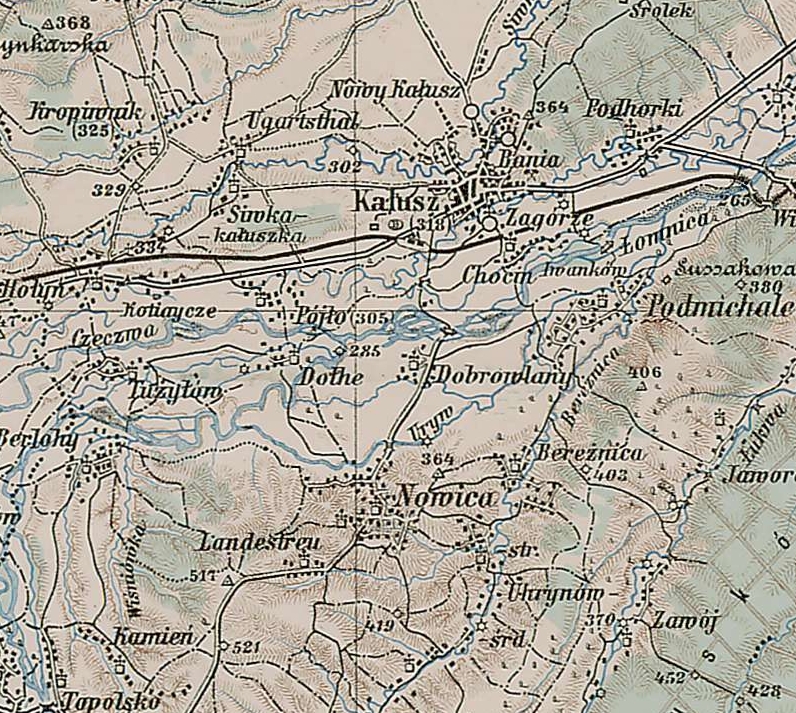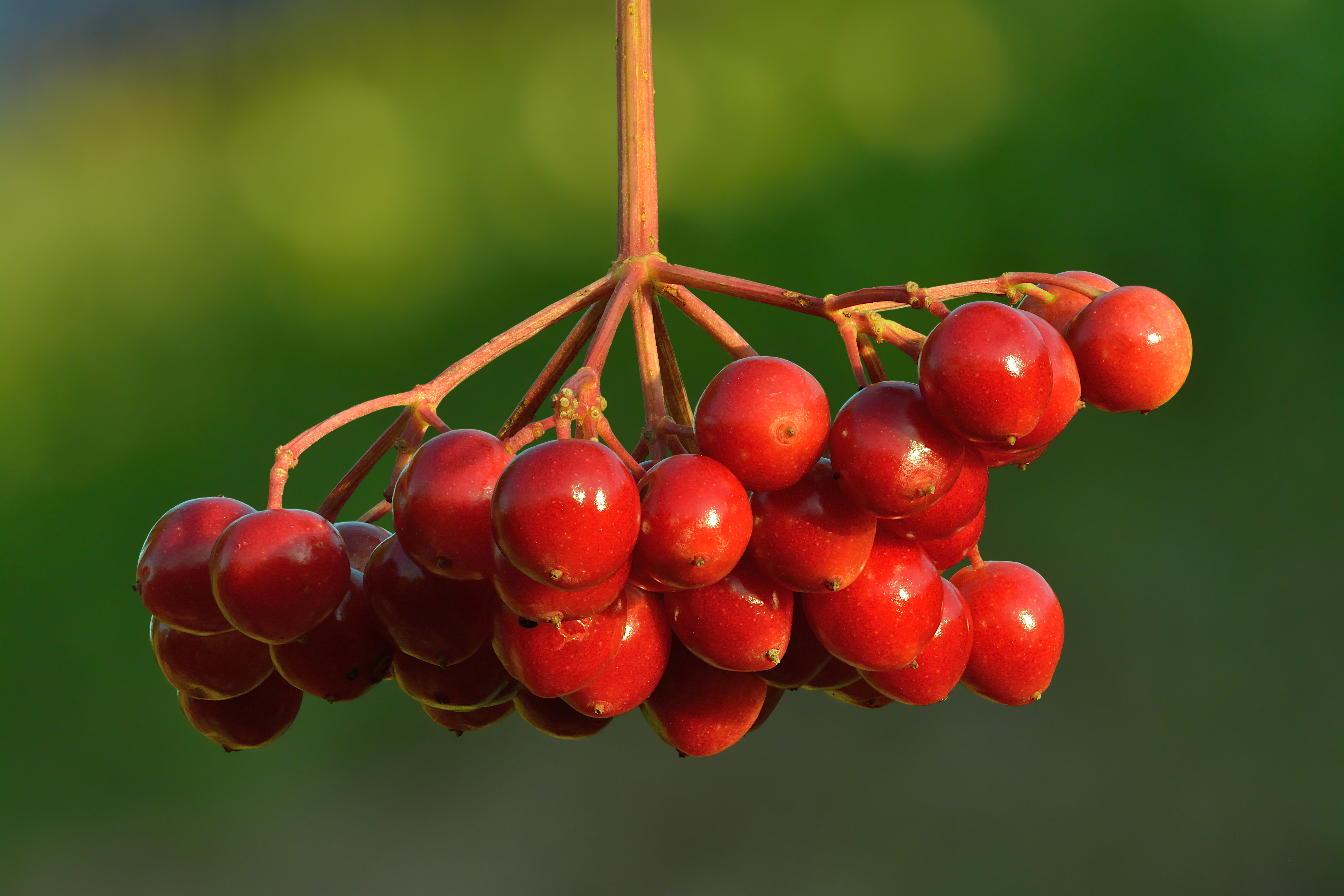|
Oleksa Hirnyk
Oleksa Mykolajovych Hirnyk ( uk, Олекса Миколайович Гiрник, Oleksa Mykolajovyč Hirnyk; 28 March 1912 – 21 January 1978) was a Ukrainian Soviet dissident, an engineer by profession, who burned himself to death as an act of protest against Soviet suppression of the Ukrainian language (russification), culture and history.Євген Гірник: КДБ казало, що батько загинув у ДТП ''Yevhen Hirnyk: KGB said that his father died in an accident'' BBC Ukrainian (21 January 2013) The act was quickly covered up by ... [...More Info...] [...Related Items...] OR: [Wikipedia] [Google] [Baidu] |
Bohorodchany
Bohorodchany ( uk, Богородча́ни, translit=Bohorodčany, ) is an urban-type settlement in Ivano-Frankivsk Raion, Ivano-Frankivsk Oblast, several miles from Ivano-Frankivsk. It hosts the administration of Bohorodchany settlement hromada, one of the hromadas of Ukraine. Population: . History It is not known when the town was established, but it was first mentioned in 1441 as a property of certain Jan of Buczacz, the starost of Trembowla (today Terebovlia). Since the second half of the 15th century the local estate belonged to the Potocki family. In 1691 Konstancja Potocka, Konstancja Potocka née Truskolaska, widow of the owner of the village Dominik Potocki, established a Roman Catholic church and a parish there. In 1742 the wooden church was replaced with a more permanent construction, founded by Stanisław Kossakowski and devoted to the cult of Holy Mary. In 1765 the new church was donated to the Dominican Order, whose friars established a convent there. Later in the 1 ... [...More Info...] [...Related Items...] OR: [Wikipedia] [Google] [Baidu] |
Prosvita Society
Prosvita ( uk, просвіта, 'enlightenment') is a society for preserving and developing Ukrainian culture and education among population that created in the nineteenth century in the Austria-Hungary Kingdom of Galicia and Lodomeria. By the declaration of its founders, the movement was created as a counterbalance to anti-Ukrainian colonial and Russophile trends in Ukrainian society of the period. History Prosvita was founded in 1868 in Lviv by 65 delegates from different regions and groups of intellectuals, mostly from the same city. Anatole Vakhnianyn was elected the first head of the Prosvita Society. By the end of 1913, Prosvita had 77 affiliate societies and 2,648 reading rooms. In 1936 alone, when Western Ukraine with the city of Lviv were part of the Second Polish Republic, the Prosvita Society opened over 500 new outlets with full-time professional staff. [...More Info...] [...Related Items...] OR: [Wikipedia] [Google] [Baidu] |
President Of Ukraine
The president of Ukraine ( uk, Президент України, Prezydent Ukrainy) is the head of state of Ukraine. The president represents the nation in international relations, administers the foreign political activity of the state, conducts negotiations and concludes international treaties. The president is directly elected by the citizens of Ukraine for a five-year term of office (whether the presidential election is early or scheduled), limited to two terms consecutively. The president's official residence is the Mariinskyi Palace, located in the Pechersk district of the capital Kyiv. Other official residences include the House with Chimaeras and the House of the Weeping Widow, which are used for official visits by foreign representatives. The Office of the President of Ukraine, unofficially known as "Bankova" in reference to the street it is located on, serves as the presidential office, advising the president in the domestic, foreign and legal matters. Since the of ... [...More Info...] [...Related Items...] OR: [Wikipedia] [Google] [Baidu] |
Kalush, Ukraine
Kalush ( uk, Ка́луш, ) is a city set in the foothills of the Carpathian Mountains, in Ivano-Frankivsk Oblast (province) of western Ukraine. It is the administrative centre of Kalush Raion (district) and hosts the administration of Kalush urban hromada, one of the hromadas of Ukraine. Its estimated population was Important local industries include chemicals and concrete. Geography Kalush is in the western portion of Ivano-Frankivsk Oblast, in the region of Western Ukraine at the foothills of the Carpathian Mountains. It stands on the Dniester tributary, the Limnytsia River that begins from the slopes of the Carpathians. The city is at the eastern borders of the ethnographical region of Boyko Land. History The earliest known mention of Kalush is the accounting of a village of that name in a chronicle dated May 27, 1437. At that time, together with all Red Ruthenia, the village belonged to the Kingdom of Poland, and was known under its Polish name, Kałusz. Until th ... [...More Info...] [...Related Items...] OR: [Wikipedia] [Google] [Baidu] |
Guelder-rose
''Viburnum opulus'', the guelder-rose or guelder rose () is a species of flowering plant in the family (biology), family Adoxaceae (formerly Caprifoliaceae) native plant, native to Europe, northern Africa and central Asia. Description ''Viburnum opulus'' is a deciduous shrub growing to tall. The leaves are opposite, three-lobed, long and broad, with a rounded base and coarsely serrated margins; they are superficially similar to the leaves of some maples, most easily distinguished by their somewhat wrinkled surface with impressed leaf venation. The leaf buds are green, with valvate bud scales. The plant sexuality, hermaphrodite flowers are white, produced in corymbs in diameter at the top of the stems; each corymb comprises a ring of outer sterile flowers 1.5–2 cm in diameter with conspicuous petals, surrounding a center of small (5 mm), fertile flowers; the flowers are produced in early summer, and pollination, pollinated by insects. The fruit is a globose bright ... [...More Info...] [...Related Items...] OR: [Wikipedia] [Google] [Baidu] |
Czechoslovakia
, rue, Чеськословеньско, , yi, טשעכאסלאוואקיי, , common_name = Czechoslovakia , life_span = 1918–19391945–1992 , p1 = Austria-Hungary , image_p1 = , s1 = Czech Republic , flag_s1 = Flag of the Czech Republic.svg , s2 = Slovakia , flag_s2 = Flag of Slovakia.svg , image_flag = Flag of Czechoslovakia.svg , flag = Flag of Czechoslovakia , flag_type = Flag(1920–1992) , flag_border = Flag of Czechoslovakia , image_coat = Middle coat of arms of Czechoslovakia.svg , symbol_type = Middle coat of arms(1918–1938 and 1945–1961) , image_map = Czechoslovakia location map.svg , image_map_caption = Czechoslovakia during the interwar period and the Cold War , national_motto = , anthems = ... [...More Info...] [...Related Items...] OR: [Wikipedia] [Google] [Baidu] |
Jan Palach
Jan Palach (; 11 August 1948 – 19 January 1969) was a Czech student of history and political economics at Charles University in Prague. His self-immolation was a political protest against the end of the Prague Spring resulting from the 1968 invasion of Czechoslovakia by the Warsaw Pact armies. Death In August 1968, the Soviet Union invaded Czechoslovakia to crush the liberalising reforms of Alexander Dubček's government during what was known as the Prague Spring. Prague-born Palach decided to sacrifice himself in protest of the invasion and set himself on fire, in Wenceslas Square, on 16 January 1969. According to a letter he sent to several public figures, an entire clandestine resistance organization had been established with the purpose of practising self-immolation until their demands were met; however, it seems that such a group never existed. The demands declared in the letter were the abolition of censorship and a halt to the distribution of ''Zprávy'', the offici ... [...More Info...] [...Related Items...] OR: [Wikipedia] [Google] [Baidu] |
Czechs
The Czechs ( cs, Češi, ; singular Czech, masculine: ''Čech'' , singular feminine: ''Češka'' ), or the Czech people (), are a West Slavic ethnic group and a nation native to the Czech Republic in Central Europe, who share a common ancestry, culture, history, and the Czech language. Ethnic Czechs were called Bohemians in English until the early 20th century, referring to the former name of their country, Bohemia, which in turn was adapted from the late Iron Age tribe of Celtic Boii. During the Migration Period, West Slavic tribes settled in the area, "assimilated the remaining Celtic and Germanic populations", and formed a principality in the 9th century, which was initially part of Great Moravia, in form of Duchy of Bohemia and later Kingdom of Bohemia, the predecessors of the modern republic. The Czech diaspora is found in notable numbers in the United States, Canada, Israel, Austria, Germany, Slovakia, Ukraine, Switzerland, Italy, the United Kingdom, Australia, France, Russ ... [...More Info...] [...Related Items...] OR: [Wikipedia] [Google] [Baidu] |
Taras Shevchenko
Taras Hryhorovych Shevchenko ( uk, Тарас Григорович Шевченко , pronounced without the middle name; – ), also known as Kobzar Taras, or simply Kobzar (a kobzar is a bard in Ukrainian culture), was a Ukraine, Ukrainian poet, writer, artist, public and political figure, folklore, folklorist and ethnography, ethnographer.Taras Shevchenko in the Great Soviet Encyclopedia, 3rd Edition. 1970-1979 (in English) His literary heritage is regarded to be the foundation of modern Ukrainian literature and, to a large extent, the modern Ukrainian language, though this is different from the language of his poems. He also wrote some works in Russian (nine novellas, a diary, and an autobiography). Shevchenko is also known for his many masterpieces as a painter and an illustrator. [...More Info...] [...Related Items...] OR: [Wikipedia] [Google] [Baidu] |
Chernecha Hill
Taras Hill or Chernecha Hora ( uk, Чернеча гора; literally, Monk's Hill) is a hill on the bank of the Dnieper near Kaniv in Ukraine and an important landmark of the Shevchenko National Preserve where the remains of the famous Ukrainian poet and artist Taras Shevchenko have been buried since 1861. The original site of Shevchenko's burial is the Smolensky Cemetery in St. Petersburg and later his body was moved to the banks of Dnieper. The hill formerly belonged to Kaniv's Holy Dormition monastery (Eastern Orthodox) that existed here since the 11th century. The monastery was the burial place of several hetmans of Ukraine: Ivan Pidkova, Samiylo Kishka and others. Due to the 100th Anniversary of Shevchenko birth, in 1914 the Russian government dispatched gendarmes and cossacks to prevent pilgrimage to the burial. Since 1923 the hill was part of the Kaniv Nature Preserve. In 1926 the special Kaniv Museum-Preserve of Shevchenko was created. In 1939 a Russian sculptor Mat ... [...More Info...] [...Related Items...] OR: [Wikipedia] [Google] [Baidu] |
Tsentralna Rada
The Central Council of Ukraine ( uk, Українська Центральна Рада, ) (also called the Tsentralna Rada or the Central Rada) was the All-Ukrainian council (soviet) that united deputies of soldiers, workers, and peasants deputies as well as few members of political, public, cultural and professional organizations of the Ukrainian People's Republic.Arkadii Zhukovsky. Central Rada'. Encyclopedia of Ukraine. After the All-Ukrainian National Congress (19–21 April 1917), the Council became the revolutionary parliament in the interbellum lasting until the Ukrainian-Soviet War. Unlike many other councils (soviets) in the Russian Republic, bolshevization of this soviet failed completely, causing members of the Russian Social Democratic Labour Party (Bolsheviks) in Ukraine, also known as Social-Democracy of Ukraine, to relocate to Kharkiv. Overview From its beginning the council directed the Ukrainian national movement and with its four Universals led the country from ... [...More Info...] [...Related Items...] OR: [Wikipedia] [Google] [Baidu] |
Russification
Russification (russian: русификация, rusifikatsiya), or Russianization, is a form of cultural assimilation in which non-Russians, whether involuntarily or voluntarily, give up their culture and language in favor of the Russian culture and the Russian language. In a historical sense, the term refers to both official and unofficial policies of the Russian Empire and the Soviet Union with respect to their national constituents and to national minorities in Russia, aimed at Russian domination and hegemony. The major areas of Russification are politics and culture. In politics, an element of Russification is assigning Russian nationals to leading administrative positions in national institutions. In culture, Russification primarily amounts to the domination of the Russian language in official business and the strong influence of the Russian language on national idioms. The shifts in demographics in favour of the ethnic Russian population are sometimes considered as a form ... [...More Info...] [...Related Items...] OR: [Wikipedia] [Google] [Baidu] |







